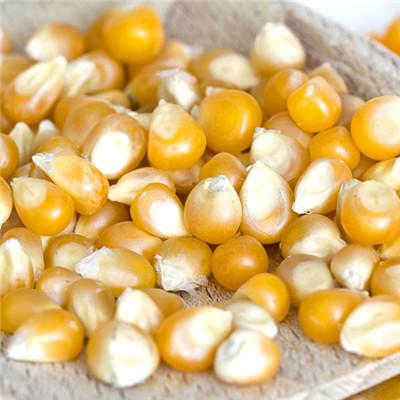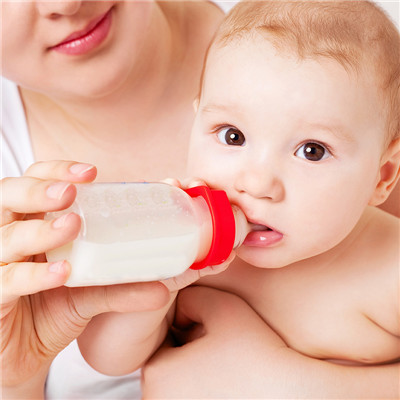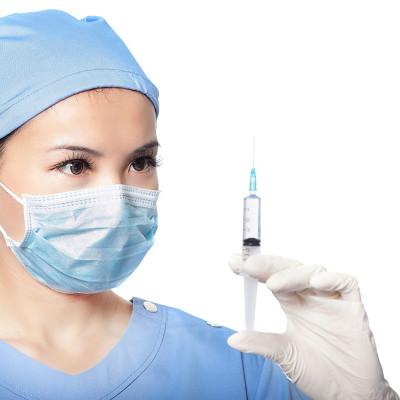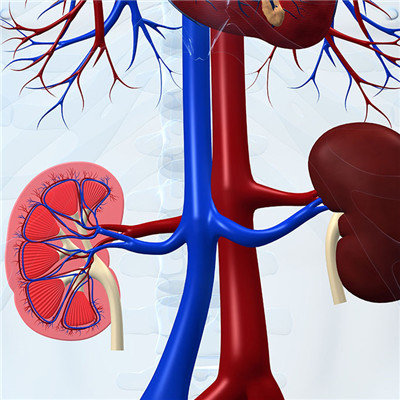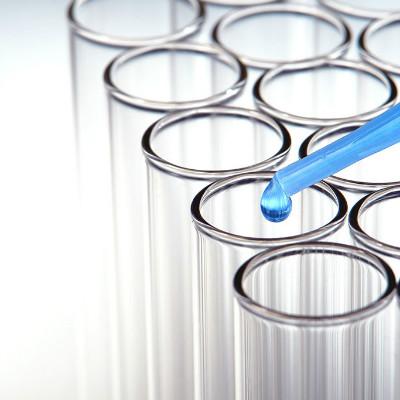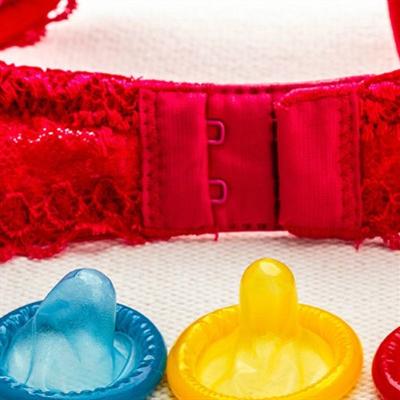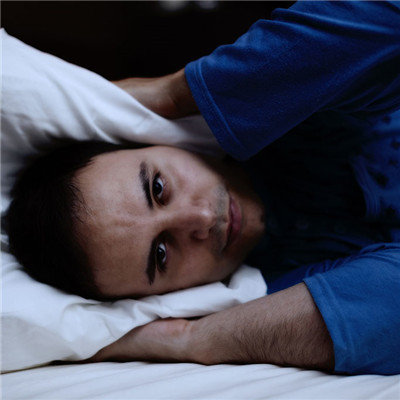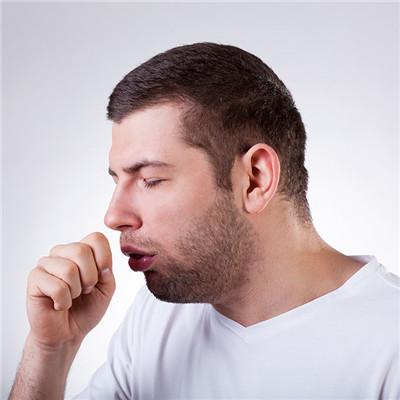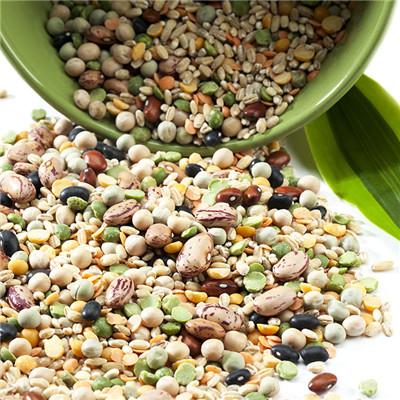What are sea urchin stabs and sea urchin granulomas?
summary
Sea urchins belong to echinoderm phylum. They are usually round or oval in shape. They are enclosed in the shell close to the body. There are many movable spines on them, which can damage the human skin. There are many kinds of sea urchins all over the world, especially in tropical and frigid waters. Therefore, the damage caused by sea urchin thorn is a common occupational injury of coastal fishermen. What are sea urchin stabs and sea urchin granulomas?
What are sea urchin stabs and sea urchin granulomas?
After stabbing, it immediately causes local pain, burning sensation, often accompanied by bleeding. The pain lasts for hours. Then there was different degrees of inflammatory swelling in the stabbed area. It lasted for 1-2 weeks. In addition to local symptoms, some can also appear dizziness, weakness, dyspnea, facial paralysis, occasionally due to paralysis.
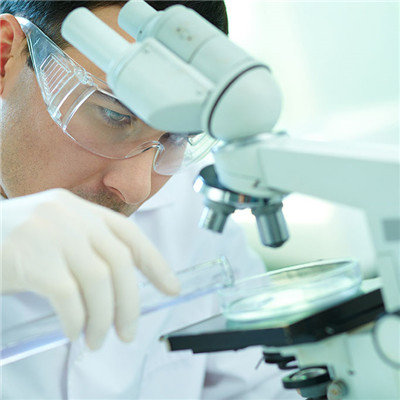
If the calcified puncture of sea urchin pierces the skin, it will cause severe pain and local redness and swelling. If it is not properly treated after being stabbed, it may produce granuloma 2 or 3 months later. Therefore, it is necessary to carefully remove the puncture and seek medical treatment. Coastal fishermen should do a good job in labor protection.
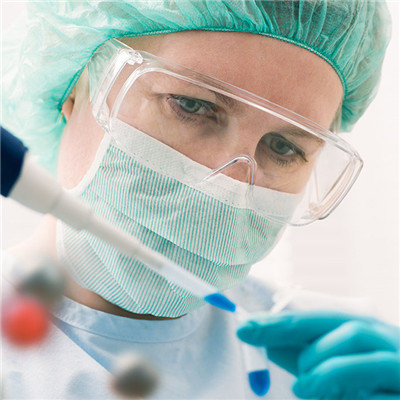
Histopathology: nodular lesions were mainly manifested as foreign body granuloma reaction with histiocytes and epithelioid cells, with more plasma cells, lymphocytes and neutrophils infiltration, and a few macrophages. There is neovascularization. Sometimes, birefringent fragments can be found in the lesion area.
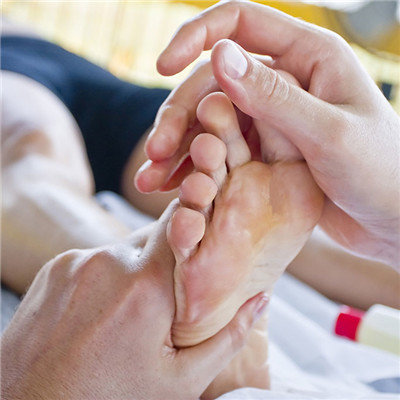
matters needing attention
Many kinds of sea urchins can cause mechanical damage by pricking, or the red venom injected into the skin can cause severe pain and inflammatory damage. This kind of thorn is very fragile and easy to break. When it penetrates into the skin, its tip often remains in the skin. After several months, foreign body granuloma reaction can be induced locally. In some sensitive patients, granulomatous granuloma may be induced. It can also cause dermoid inclusion bodies due to the implantation of epidermal fragments deep into the wound.
